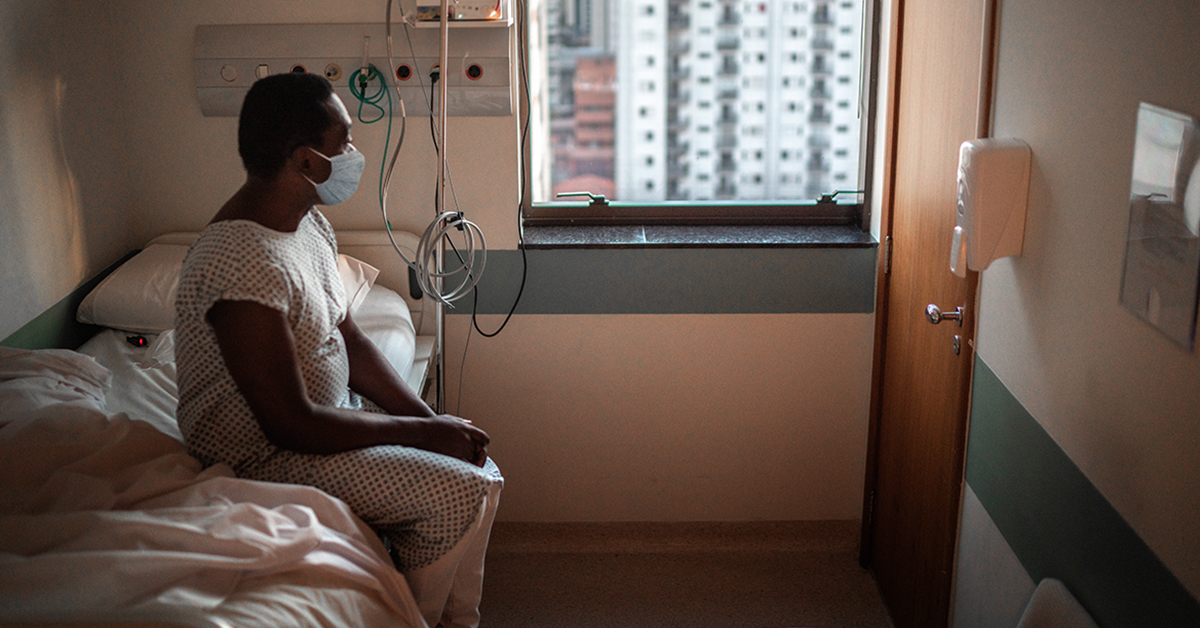Press Release
California nurses welcome signing of bill to tackle implicit bias in nursing education as step forward on racial health disparity

The California Nurses Association (CNA) today welcomed Gov. Gavin Newsom’s signature Friday enacting landmark legislation to require implicit bias education and training for nursing students and new graduates in California, an important step in addressing persistent racial disparities, particularly in health care.
CNA-sponsored AB 1407, by Assemblymember Autumn Burke, will require nursing schools and programs to include implicit bias education as part of their curriculum, and hospitals to implement an evidence-based program on implicit bias as part of new graduate training. Additionally, verification of implicit bias training will become part of the licensure requirement for all new California RNs.
California is now believed to be the first state in the nation to require implicit bias training as a graduation requirement for nursing students. Michigan has similarly mandated implicit bias training for all health care workers seeking licensure effective next June.
“Awareness and then education are critical first steps toward eliminating implicit bias,” said CNA Director of Government Relations Stephanie Roberson. “AB 1407 is a preemptive approach, starting with educating our future nursing workforce prior to entry into practice. There is no better way to start.”
“Long-term racial disparities in health care access and treatment continue to be a deplorable stain on our nation,” said CNA President Cathy Kennedy, RN. “Biases, whether intentional or unconscious, directly contribute to those disparities, especially in a context in which we continue to see corporate health care disparities for which health care services are provided, and what services are prioritized.”
Racial gaps in health care have been increasingly documented from maternal and infant mortality to diagnostic procedures to prescription of medication to interactions with medical professionals and institutions generally. A report from the Urban Institute this July, for example, found that Black patients are significantly more likely to suffer dangerous bleeding, infections, and other surgery-related problems than white patients who received care in the same hospital.
“Health care facilities and educators must demonstrate their commitment to ending racial health disparities and working toward health equity by aggressively pursuing strategies that eliminate implicit bias within the health care system. This bill is a part of the solution,” said Roberson.
Hospitals, health care facilities, and health care educators offer very little, if anything, to bring awareness to or address this phenomenon and problem. Even structural characteristics such as an institution's physical space project how welcoming an institution might be to patients of color. Too often, facilities fail to look at the communities they serve, those communities' needs, and the resources facilities need to tap to fill those needs.
“The legacy of structural racism in medical care has been deadly, and has contributed to distrust of medical services among medically underserved communities and patients. It is essential that we guarantee that our future health care workforce is fully aware of the debilitating consequences of implicit bias to bring this scourge to an end and ensure equal, high quality medical care for everyone,” Kennedy added.